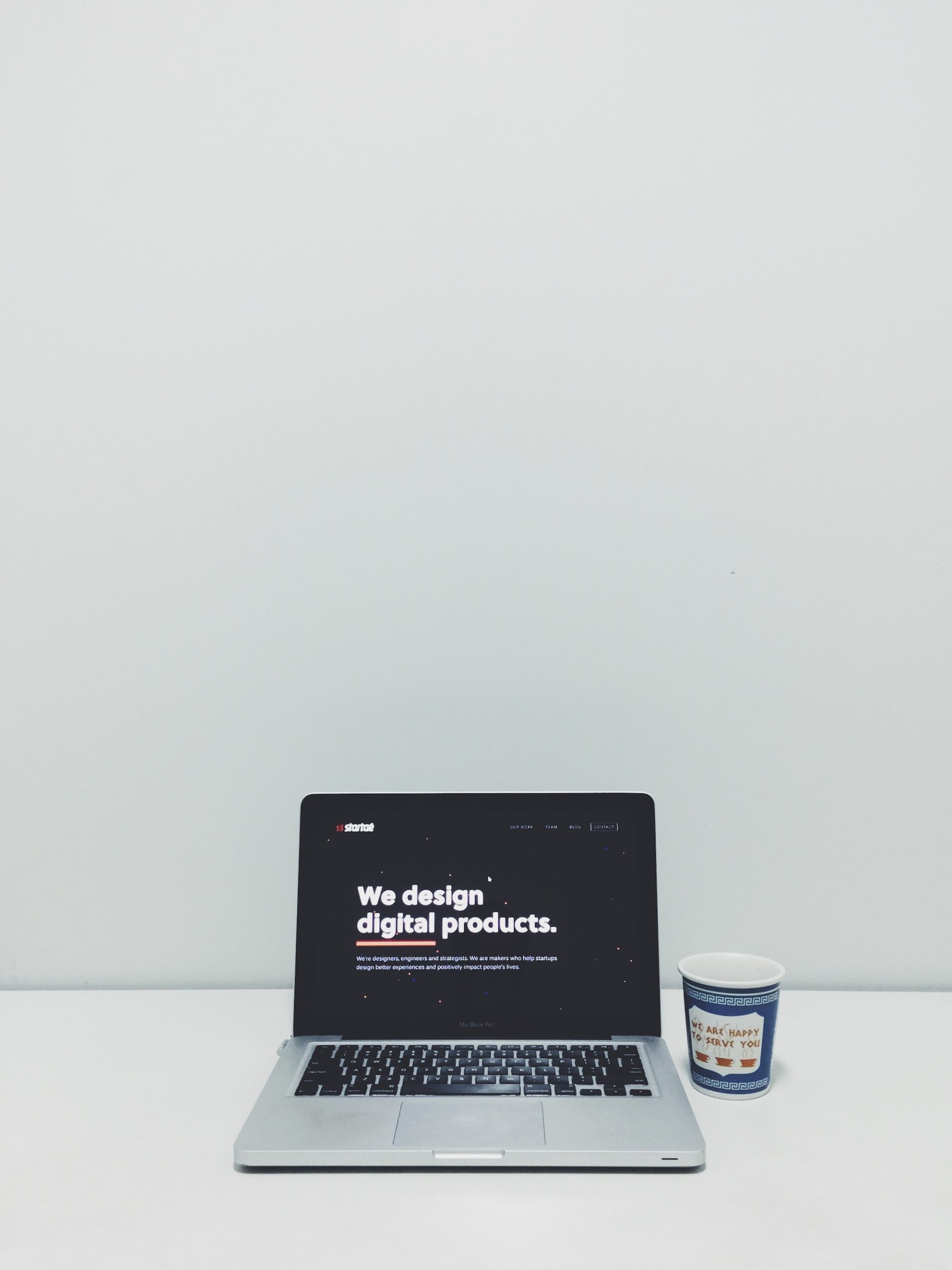Choosing the right resume format can make a big difference when applying for a job. I have seen firsthand how a well-structured resume not only highlights your strengths but also tells your professional story clearly and appealingly. Your resume is more than just a list of past jobs or skills—it’s a tool that opens doors to new opportunities.
In my experience, picking between a chronological or a functional resume depends on your work history and the job you want. Today, I want to share what I’ve learned about these two formats so you can decide which one best shows off what you have to offer.
I’ve spent years helping people craft resumes that work for them. Along the way, I’ve noticed that each resume style has its own benefits and drawbacks. A chronological resume is great if you have a steady work history and clear career growth.
On the other hand, a functional resume focuses on skills and accomplishments, which can be really helpful if you’re switching fields or have gaps in your work history. There’s even a hybrid format that blends both styles, offering a mix of clear work history and skill highlights.
Below, I break down these resume types, share some tips on how to choose the best one for your situation, and answer a few common questions. I also include links to extra resources that can help you polish your resume even further. By the end of this post, I hope you’ll have a clearer idea of which resume style suits your needs best.
Understanding the Chronological Resume
A chronological resume organizes your work history by listing your most recent job first. This style is often the easiest for employers to follow because it provides a clear timeline of your career.
Just Before You Go
Empower individuals to overcome barriers, gain essential skills, and secure gainful employment through our proven programs—KeelMaster, KeelWings, and KeelMate. Your support can spark change and build brighter futures.
Donate NowI’ve seen many recruiters appreciate this format because it shows steady employment and career progression. For instance, if you’ve been with the same industry or company for several years, a chronological resume naturally tells your story.
Advantages:
- Clear Work History: It highlights your most recent roles, making it simple for hiring managers to see your career growth.
- Employer Friendly: Most recruiters prefer this format as it gives them a quick view of your professional journey. In fact, studies have shown that a significant majority of employers—up to 80% in some surveys—favour resumes that display a clear timeline. You can read more about these trends on sites like The Balance Careers.
- Simplicity: Its straightforward layout makes it easy to scan, which can be a huge plus if employers have many resumes to review.
Disadvantages:
- Career Gaps: If you have periods of unemployment or frequent job changes, these might stand out more in this format.
- Limited Flexibility: It might not work well if your past roles are not directly related to the job you’re applying for, as it forces you to list every job in the order you held them.
Understanding the Functional Resume
A functional resume takes a different approach by focusing on skills and accomplishments rather than on a strict timeline. I like using this format when my past work experience doesn’t tell the whole story, especially if I’ve had breaks or am looking to switch careers.
This style allows me to group related skills together, which can be a great way to show a potential employer that I have what it takes to excel in a new role.
Advantages:
- Skills-Focused: It highlights your abilities and achievements, making it easier to showcase what you can do.
- Great for Career Changers: If your work history is varied or if you have gaps, a functional resume can help draw attention to your strengths rather than the timeline of your jobs.
- Tailored for the Job: You can customize sections to emphasize the skills that are most relevant to the position you’re applying for.
Disadvantages:
- Less Transparency: Some hiring managers may find it harder to understand your career path because the work history isn’t presented in a clear timeline.
- Potential Skepticism: Because it downplays your employment history, employers might wonder about gaps or the reasons for your career changes. This format sometimes raises questions if not paired with a brief work history summary.
- Not Always Preferred: Many companies, especially larger organizations, have systems in place that favour chronological information for ease of tracking employment history.
When to Use Each Format
Deciding on a resume format depends on your unique situation. Here are some pointers I use when helping others choose:
Use a Chronological Resume if:
- You have a consistent work history.
- Your career shows steady growth and clear progression.
- You are applying for jobs in the same field where past roles directly relate to the position.
Consider a Functional Resume if:
- You’re switching industries or career paths.
- You have significant gaps in your employment history.
- You want to emphasize skills and accomplishments over the order of jobs held.
A Hybrid Option:
This format combines the best of both worlds. You can start with a skills section at the top and then follow with a brief chronological work history. I find that a hybrid resume works well when you need to show both your abilities and your employment timeline.
For more detailed examples and tips, you might find Forbes Career Advice and JobScan helpful. They offer practical advice and tools that can help you tailor your resume to the specific job you want.
Real-Life Examples
I once worked with a friend who had experience in several different fields. Her work history didn’t seem to match the job she was aiming for, so we chose a functional resume.
This allowed her to organize her skills—like project management and effective communication—in a way that made sense for the new role. Another client, who had a long and steady career in one industry, benefited from a chronological resume. The clear timeline of his career progression gave employers confidence in his reliability and growth.
These examples show that there isn’t a one-size-fits-all answer. The best resume format depends on your individual story and the specific job you’re targeting.
Practical Tips for Building Your Resume
Here are a few tips that have helped me, and might help you too:
- Keep It Simple: Use bullet points and short, clear sentences. A clean layout is easier for employers to read.
- Tailor Your Resume: Adapt your resume to highlight the skills and experiences most relevant to the job you want.
- Consider a Hybrid Format: If you have both a solid work history and strong skills, combining elements of both formats can be very effective.
- Update Regularly: Your resume should evolve with your career. Make sure to keep it current with your latest achievements.
- Seek Feedback: A fresh set of eyes can spot areas for improvement that you might have missed. Ask a friend or mentor to review your resume.
FAQs
What is a chronological resume?
A chronological resume lists your work history in reverse order, starting with your most recent job. It clearly shows your career progression and is favoured by many employers for its simplicity.
What is a functional resume?
A functional resume focuses on your skills and achievements rather than on a detailed job timeline. This format is helpful if you have gaps in your employment history or if you are changing career fields.
Can I combine both styles?
Yes, a hybrid resume blends the chronological and functional formats. You can start with a section highlighting your skills and accomplishments, then follow up with a brief chronological list of your work history.
Which format do employers prefer?
Many employers lean towards a chronological resume because it is straightforward and shows a clear timeline of your experience. However, if your work history doesn’t clearly reflect your skills, a functional or hybrid resume might be a better choice.
Further Resources
If you’d like to explore more about building an effective resume, here are some resources that have helped me and might be useful for you too:
- The Balance Careers: Offers practical resume tips and examples.
- Forbes Career Advice: Provides advice and insights on career development and resume building.
- JobScan: A tool to help optimize your resume for job descriptions.
- LinkedIn Learning: Courses that cover resume writing and job search strategies.
Conclusion
Your resume is a key part of your job search, and choosing the right format can help you present your experience and skills in the best light. I hope this guide has helped you see the differences between chronological and functional resumes.
Each format has its strengths, and the best choice depends on your unique background and the job you are pursuing. When you look at your resume, ask yourself: Which Resume Is Better Chronological Or Functional?
Just Before You Go
Empower individuals to overcome barriers, gain essential skills, and secure gainful employment through our proven programs—KeelMaster, KeelWings, and KeelMate. Your support can spark change and build brighter futures.
Donate Now



